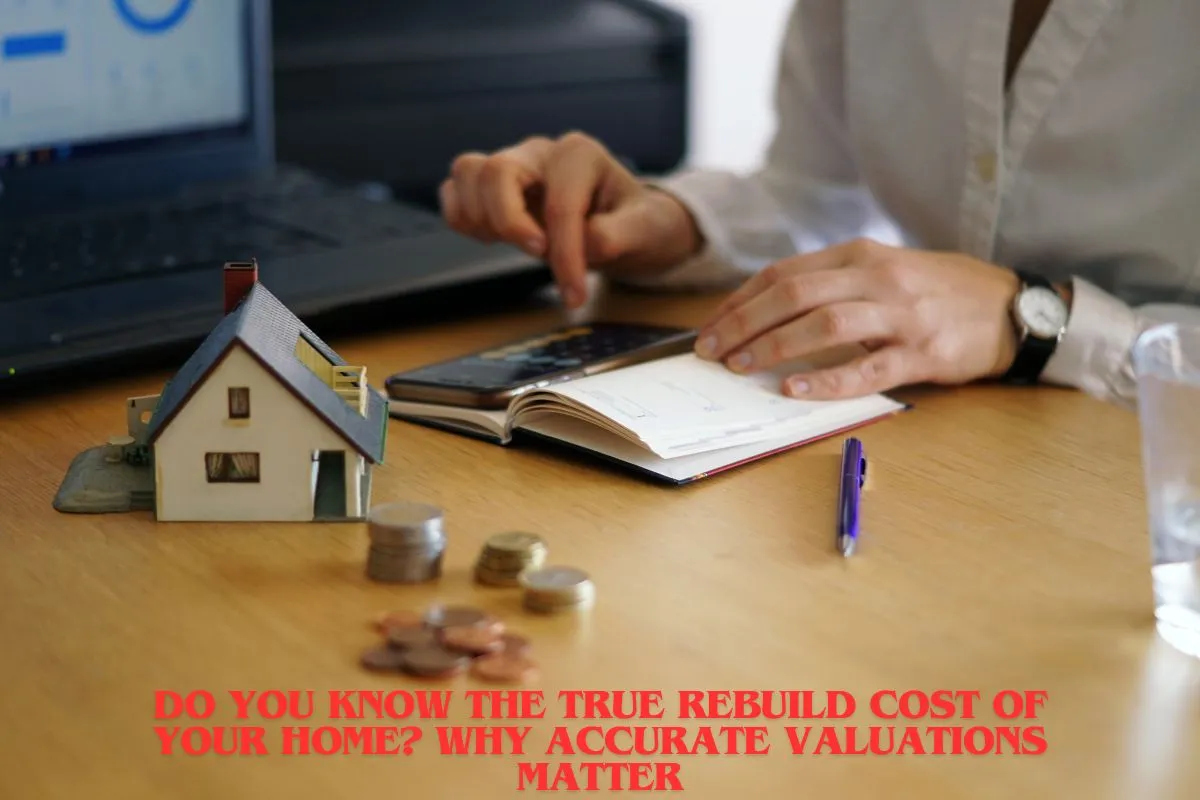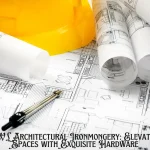Given the current state of the UK’s housing market, we’ll wager you’ve probably got a pretty solid idea of your home’s market value. But what if you were asked to estimate your home’s rebuild cost? Could you put a figure on that?
It might sound like an odd question. Realistically, your house isn’t likely to be destroyed, so why even entertain the idea? Here in the UK, natural disasters are, fortunately, pretty rare. Compared to the storms that tear through North America each year, ours have all the force of a mild sneeze. Floods may cause havoc in isolated pockets of rural Britain, but the vast majority of UK homeowners can weather such events without issue. And while human-sparked fire damage poses just as much of a threat here as anywhere else, only the most devastating blazes result in condemnation.
So what’s the point? One word: Insurance.
Buildings insurance isn’t based on your home’s market value — it’s based on the cost of rebuilding it from the ground up. Get this number wrong, and you’ll pay the price, one way or another.
In this article, we’ll discuss the consequences of an inaccurate valuation, and the steps you can take to make sure you get the right number for your home.
What exactly is the rebuild cost?
Exactly what it sounds like: the amount it would cost to completely reconstruct your property if it were destroyed — brick for brick, tile for tile. This includes:
- Demolition and site clearance
- Labour and materials
- Professional fees (e.g. architects, surveyors)
- Compliance with current building regulations
However, it’s important to remember that the rebuild cost isn’t influenced by land value or property demand. A two-bed terrace in Cornwall versus a similarly-sized property in Croydon might have very different market values, but if they’re built to the same specification, their rebuild costs could be virtually identical.
What happens if I get it wrong?
An inaccurate rebuild cost can bite you in two ways: overinsurance or underinsurance.
- Overinsurance happens when you overestimate the rebuild cost. That might not sound too terrible — after all, you’re just playing it safe, right? Nope. Insurance premiums are based on the declared rebuild value, so the higher you estimate, the more you’ll end up paying. And since insurers will only ever pay out the actual cost of rebuilding (not the inflated figure you gave them), you’re essentially throwing money away.
- Underinsurance, on the other hand, is where things get really risky. If your declared rebuild cost is too low, your insurer might not pay out the full amount needed to rebuild your home after a major incident. This is due to something called the ‘average clause’, which allows insurers to reduce your payout proportionally. For example, if your home should cost £300,000 to rebuild but you only insure it for £200,000, you’ve insured just two-thirds of the true value — and your payout will be capped accordingly, even on partial claims.
In other words, you could be left with a significant financial shortfall at the worst possible time.
How do I find my home’s rebuild cost?
We’ve established it’s pretty poor (read: dangerous) form to guesstimate your home’s rebuild cost, so how do you get an accurate picture of what a full rebuild would set you back?
For real accuracy — the kind your insurer will rely on if things go south — you need a detailed rebuild cost valuation from a qualified expert. Getting an evaluation from an aptly-named service provider like Rebuild Cost Assessment is arguably your easiest route to a precise figure, and you can arrange things in one of two ways:
A desktop (remote) assessment
Perfect if you’re looking for a convenient, cost-effective solution. Using publicly available data, satellite imagery, property records and advanced modelling tools, a desktop assessment can provide a reliable rebuild cost without anyone setting foot on your property. It’s quick, simple, and ideal for standard residential homes.
An in-person assessment
If your property is unique, listed, extensively modified, or includes unusual features — think thatched roofs, bespoke extensions or heritage details — then an on-site inspection is the way to go. A qualified surveyor will visit your home, assess its structure, materials, finishes, and any specific risks that could affect rebuild cost. The result? An accurate, defensible valuation tailored to your exact circumstances.
Will I ever need to reassess my rebuild cost?
Even if you’ve previously had your rebuild cost professionally assessed, that figure isn’t fixed forever. Construction costs fluctuate year on year due to changes in labour rates, materials prices, regulations, and even supply chain disruptions (cheers, Brexit; thanks, global pandemics). That means the rebuild valuation you received three years ago could now be significantly outdated — and that could leave you either overpaying or exposed.
So, how often should you reassess?
At a minimum, every three to five years is the general rule of thumb. However, if you’ve made significant changes to your home — say, an extension, loft conversion, or major kitchen refit — you should update your rebuild cost immediately after the work is completed. Even small changes can tip the scale when it comes to the cost of reinstating a property. For instance, switching from carpet to high-end parquet flooring or installing solar panels can subtly but significantly increase rebuild cost.
The same applies if new building regulations are introduced that would affect the cost of compliance in a rebuild scenario. Keeping your insurance in step with these changes is vital.
Some insurers will automatically adjust your rebuild cost each year based on an inflation index, but this shouldn’t be relied upon as a substitute for a professional assessment. Index-linked adjustments are generalised and can’t account for the specific characteristics of your home.
Without an accurate valuation, your policy might look fine on paper but fail you in a crisis. And rebuilding a home isn’t cheap — especially if your valuation is five years old and building materials have doubled in price since. Accurate valuations can also help you reduce your premiums if you’ve been overinsured. So, in some cases, getting it right could save you money rather than cost you more. Long story short: if you haven’t already, get those figures nailed down now!










